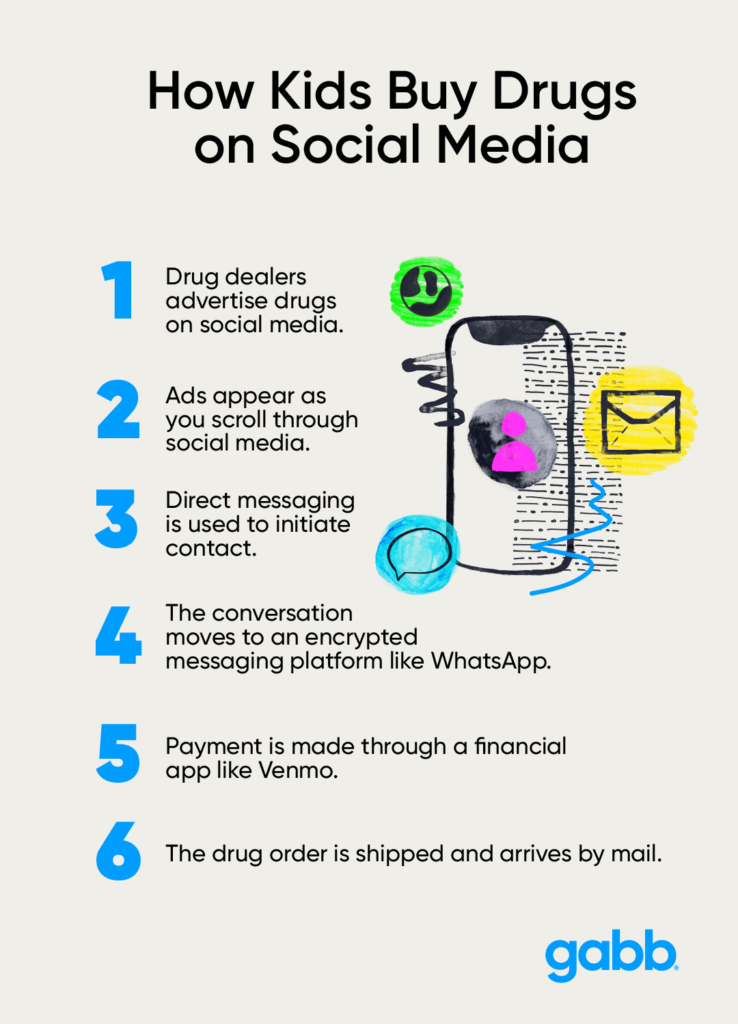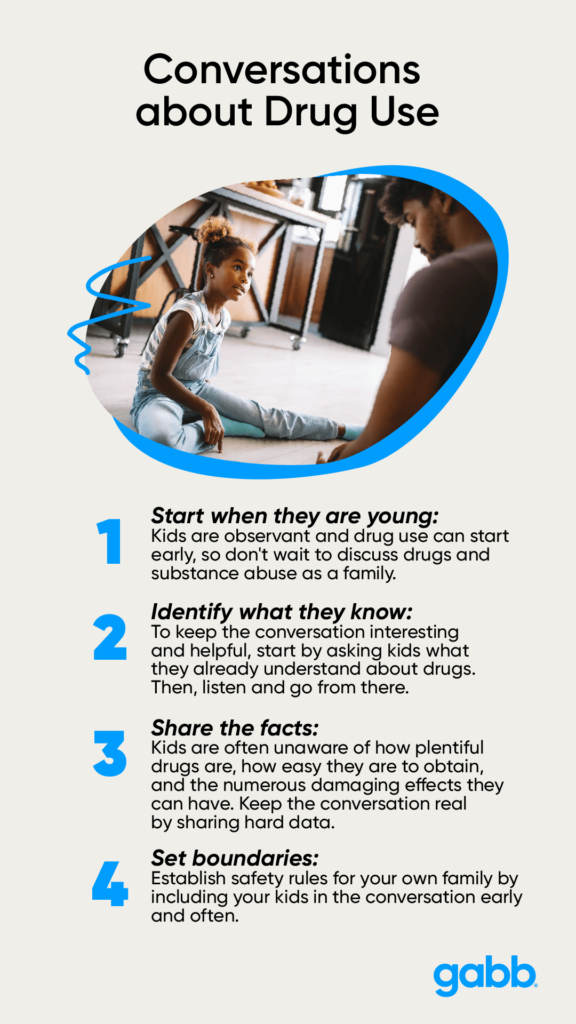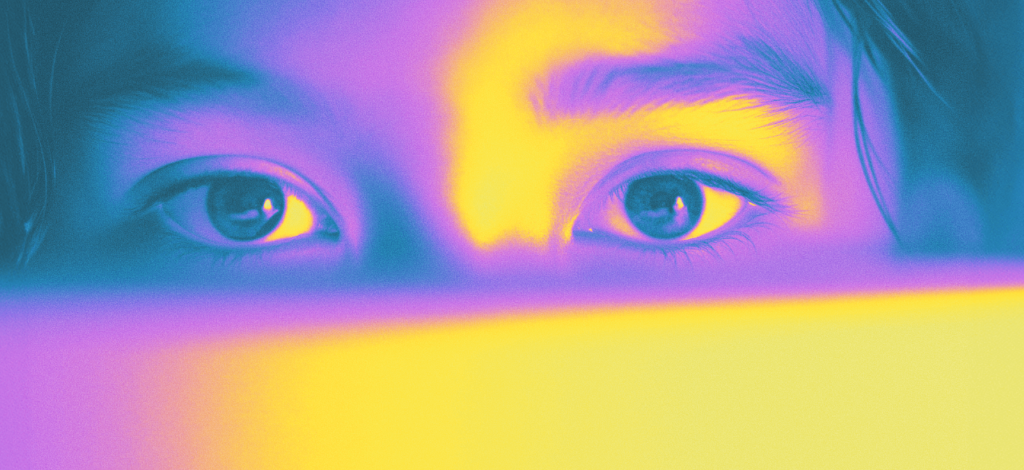We think about drug deals as going down on a street corner. However, technology has changed the ease with which minors can purchase these illicit substances. Today, dealers target our kids through social media, right from the comfort of their homes.
With the click of a button, kids are able to order illegal drugs online, and a package will be delivered by a mail carrier right to their front door.
Drugs Laced with Fentanyl
Our nation is currently experiencing an overdose epidemic, and fentanyl is to blame.
It is not uncommon for drugs purchased online to be laced with this poison. A child may think they are ordering prescription opioids when in reality, these counterfeit pills are a combination of lethal doses of fentanyl combined with other medications.
According to a study published in the Journal of the American Medical Association, the overdose mortality rate among U.S. adolescents 14 to 18 years old rose by 94% between 2019 and 2020.
In 2021, 77% of teen overdose deaths were caused by fentanyl.

As parents, we want to believe drugs will never be an issue for our kids. But drugs don’t discriminate — anyone is a target.
Discover how drug dealers are now able to reach our children and how parents can help prevent it.
What is Fentanyl? What parents need to know
Fentanyl is an opioid 100 times more potent than morphine, and 50 times stronger than heroin (a lethal 2mg dose fits on the tip of a pencil.) Often reserved for cancer patients as a painkiller, doctors are cautious about prescribing fentanyl because of its potency and addictiveness.
Fentanyl is Used as a Filler
Although kids are taking counterfeit pills containing only fentanyl, they are also consuming it unknowingly.
Drug cartels produce and add fentanyl as an inexpensive filler to other illicit drugs such as cocaine, heroin, and methamphetamine, thereby increasing the potency.
42% of confiscated pills tested in a lab were found to be laced with fentanyl, and contained at least 2 mg of fentanyl…. a potentially lethal dose.
—Drug Enforcement Administration
Cocaine takes a lot of time and resources to produce, and cartels can save money by cutting it with Fentanyl.
Because fentanyl is made in a lab, it’s relatively cheap and quick to produce, compared to other drugs.
How Are Kids Getting Drugs?
Drug dealers have found subtle ways to sell drugs using drug emojis through social media apps such as Snapchat, Instagram, and TikTok.
Some Use Search to Find Drugs
On apps, prospective buyers can easily search for dealers using codewords and emojis. This allows drug dealers to bypass detection despite social media algorithms.

If the drug isn’t referred to by an emoji image, its name is written in a post using colons, apostrophes, and commas to separate each letter. For example, a dealer selling psychedelics may advertise by writing “s”h:r’o,o’m:s” or “d:m,t.”
After kids find and interact with dealer accounts, social media algorithms start showing more of the same content.
Some Find Drugs Through Ads
Typically, drug traffickers advertise using posts and stories (which disappear after 24 hours).
Accounts are shut down if dealers get caught, but new ones can be created immediately.
Prospective buyers then respond to ads by commenting or direct messaging. To arrange the drug deal, the conversation moves to encrypted communication platforms, like WhatsApp.
After the deal is made, buyers send payment through apps such as Venmo, Paypal, or using cryptocurrencies.
Social media transactions usually result in in-person meetups, so kids are at risk for meeting dangerous people in deserted places. For dark web transactions, local dealers usually mail drugs to their buyers.
Insufficient resources and time prevent all domestic packages from being screened. Since a warrant is required before a postal worker can open a package, drugs get through pretty easily.

Drugs on Snapchat
Snapchat has gained popularity for its “self-destructing” features. Its allure is in the fact that messages sent to and from users disappear after they’re viewed.
This makes it the perfect app for sending incognito nude photos and for arranging drug deals. While advertising for drugs usually takes place on other apps, dealers will often switch to Snapchat to arrange meetup locations and pricing.
How Can Parents Help?
Just as we try to get to know our kids’ real-life friends, we must also know their digital friends while keeping an eye out for potential red flags.
Talk to your kids often about drugs and the dangers that can come from experimenting with them, as well as the importance of setting good boundaries online. Having open conversations will bring you closer to your child and they will feel more comfortable coming to you with questions and problems.

An environment of honest optimism about technology is likely to produce better conversations than one of guilt or fear. The tools we have available to us today offer incredible benefits but, like any tool, they can be misused to our detriment.
Check for Hidden Accounts
It’s possible your child may have hidden social media accounts. It’s always best if your child provides information like this willingly but if you have good reason to suspect they have a separate account they are hiding from you, and it is endangering them, you may need to take other steps. Find out what you can do if you discover these accounts.
Have conversations
Talk to your kids often about drugs and the dangers that can come from experimenting with it.
Check in with them and their friends. Having open conversations will bring you closer to your child and they will feel more comfortable coming to you with questions and problems.
Manage deliveries
Since drugs can be transported through mail, parents can help prevent their children from using illicit drugs by keeping track of packages coming to the house, and having adults open all packages when they come in.
These illegal substances can be left on your doorstep by a drug dealer, but more often they come via UPS, USPS, and FedEx.
Understand the Dark Web: What is TOR?
Parents can learn to recognize hidden apps on our kids’ phones used to locate drugs or engage in illegal activities.
Young people who are entangled in drug use commonly use an app called “Tor” (The Onion Router). Tor allows for anonymous web browsing and access to the dark web.
The drug trade is always finding ways to dodge the law, but we can combat them by educating ourselves and our children.
Notice Suspicious Emoji Messages
Since emoji meanings are fluid, finding suspicious ones within text messages does not necessarily mean your child is using drugs.
But if the emojis are accompanied by changes in behavior, trouble with school or the law, a shift in friend groups, acting withdrawn, adjustments to eating and sleeping habits, or carelessness with grooming, intervention may be called for
Resources for Substance Abuse
The Substance Abuse and Mental Health Services Administration has a free, confidential, 24/7 helpline.
You can find referrals for treatment and support for families coping with the addiction of a loved one. To speak with someone directly, call 1-800-662-HELP.
There is hope
Talk to your kids about illegal substances and share your views on drug use. Discuss all types of drugs, including prescription and over-the-counter ones at home.
By being observant and communicating with our children, we can help guide them away from drugs. However, even with vigilance and good communication, it’s not foolproof.

Even if your child has tried drugs or developed a dependency, it’s never too late to step in. Recovery is challenging, but support from other parents can make a difference. Drug addiction affects the whole family. Take care of your own mental health and seek support from organizations such as Nar-Anon Family Groups.
What Did We Miss?
Do you still have questions? Have you had experience helping a child avoid or recover from drug problems that could benefit other parents? Share in the comments below.









Success!
Your comment has been submitted for review! We will notify you when it has been approved and posted!
Thank you!